Related projects & activities
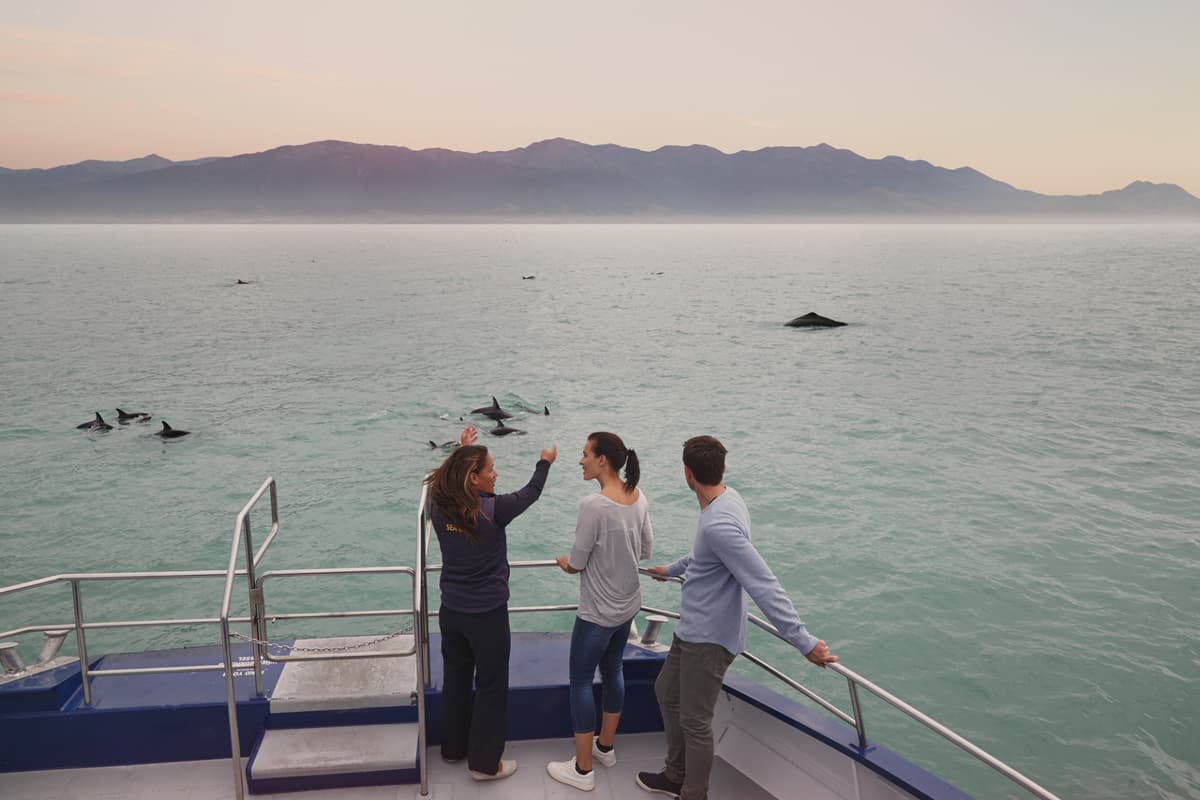
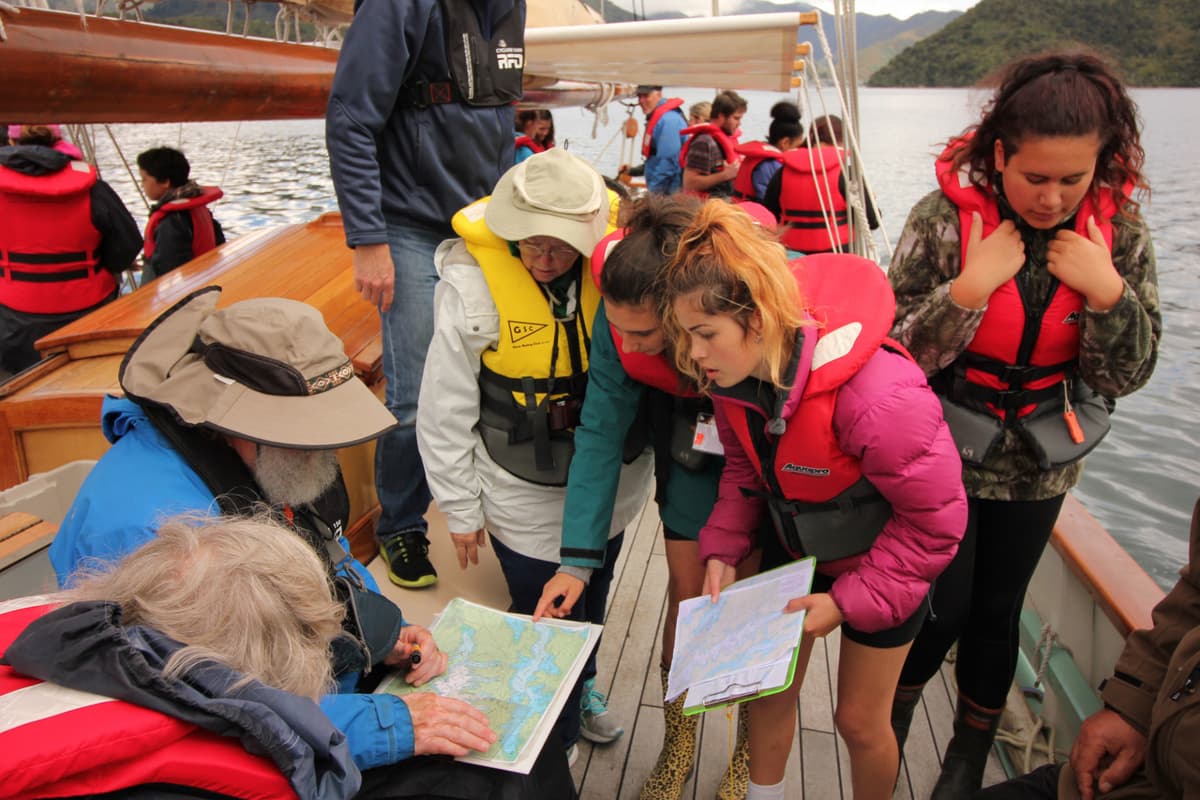
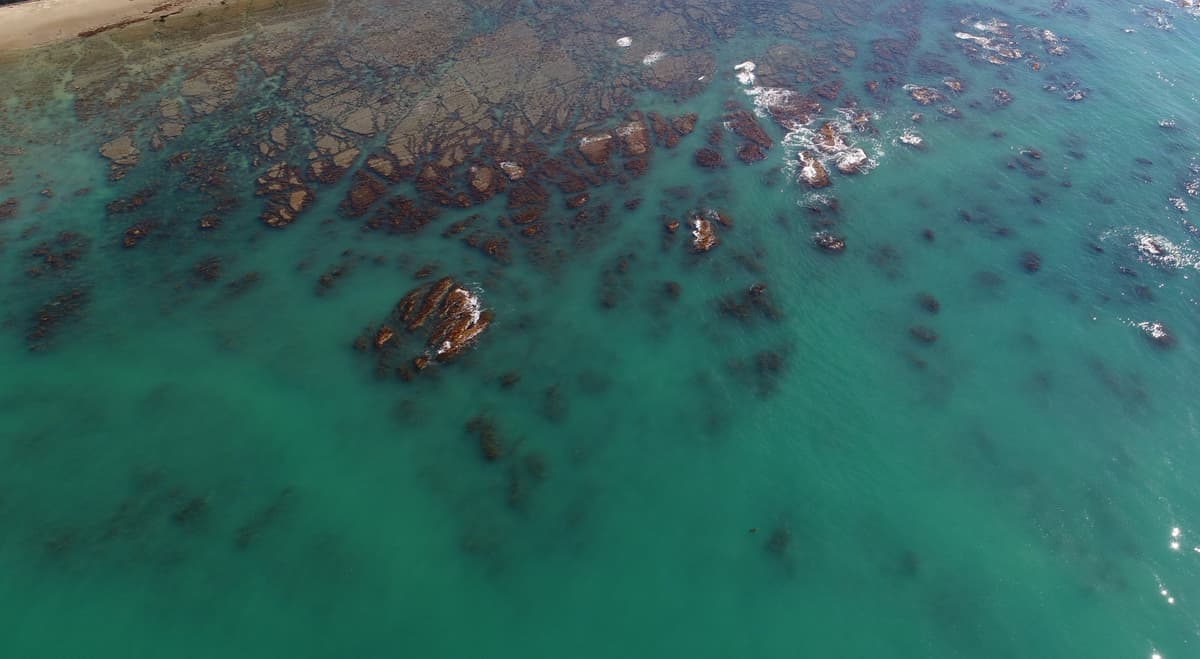
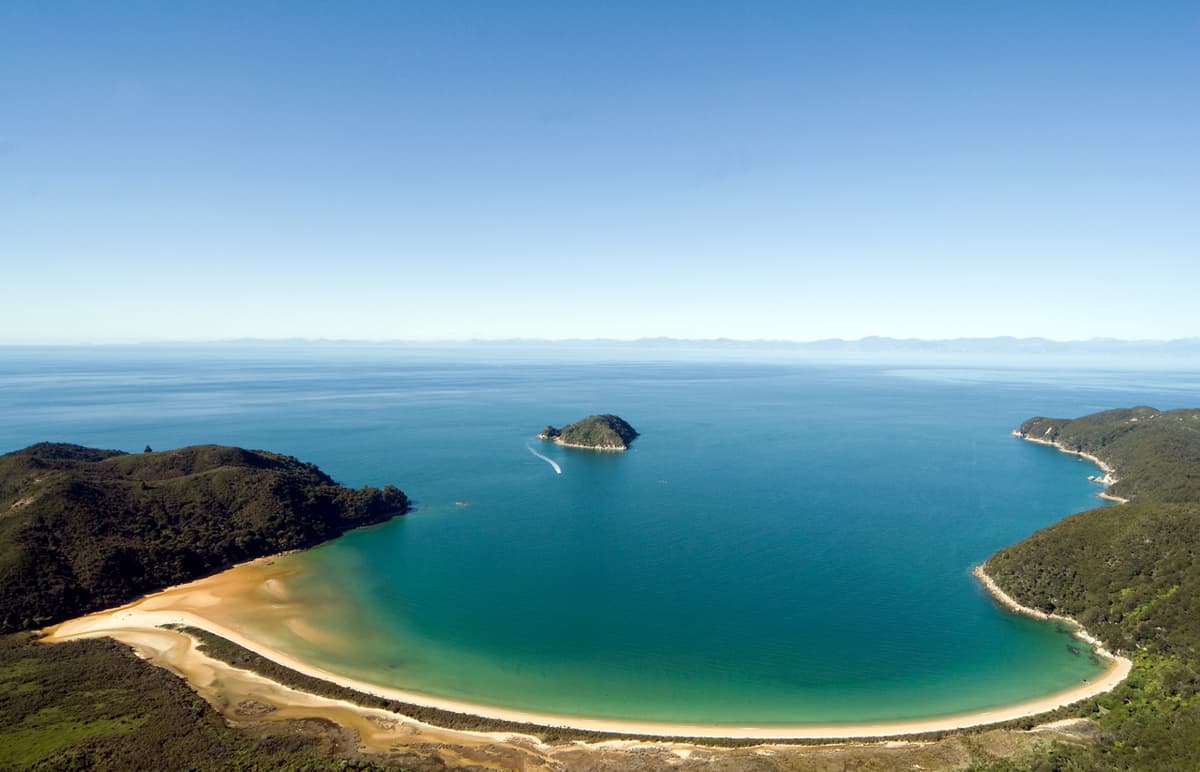

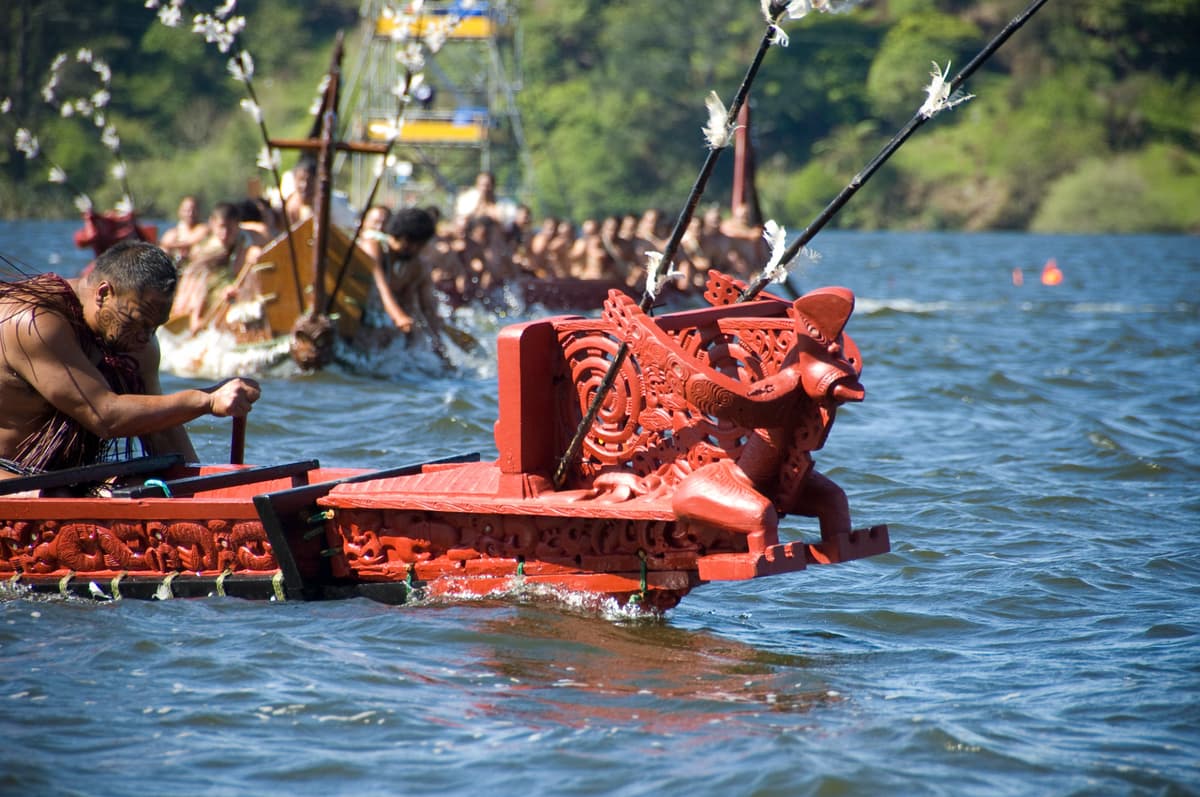
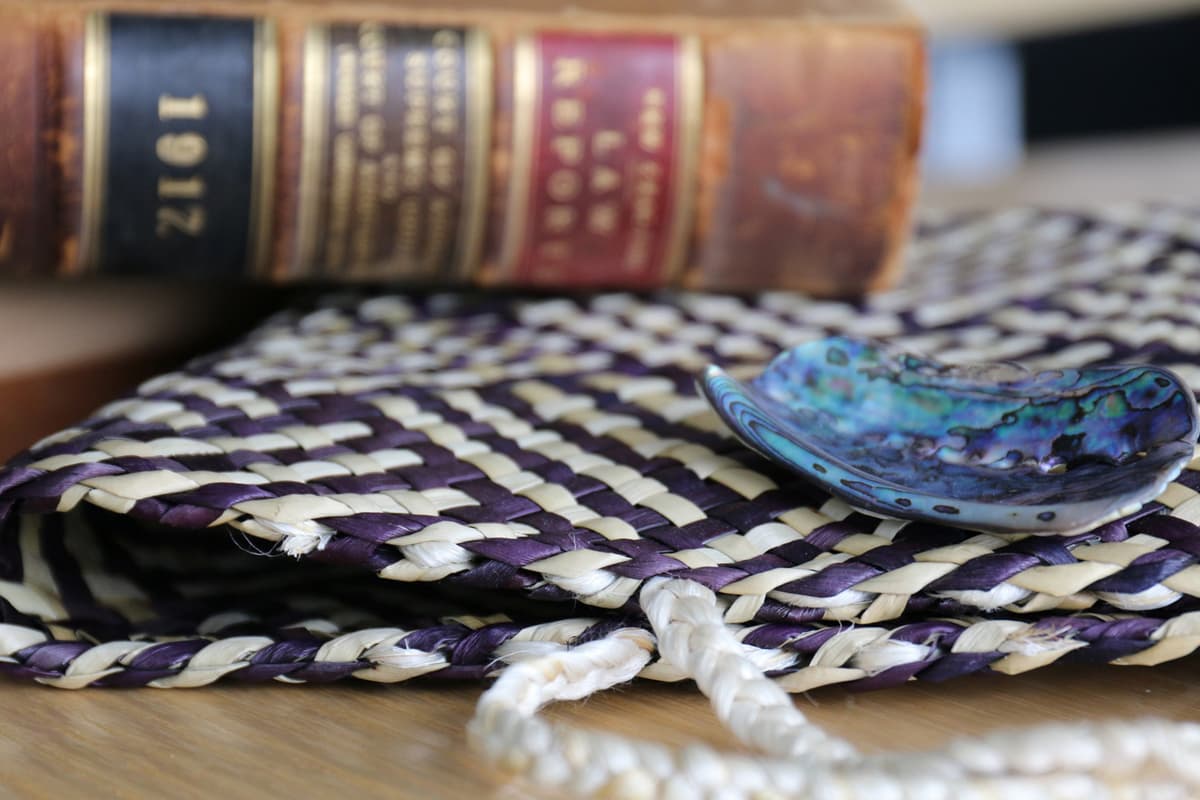
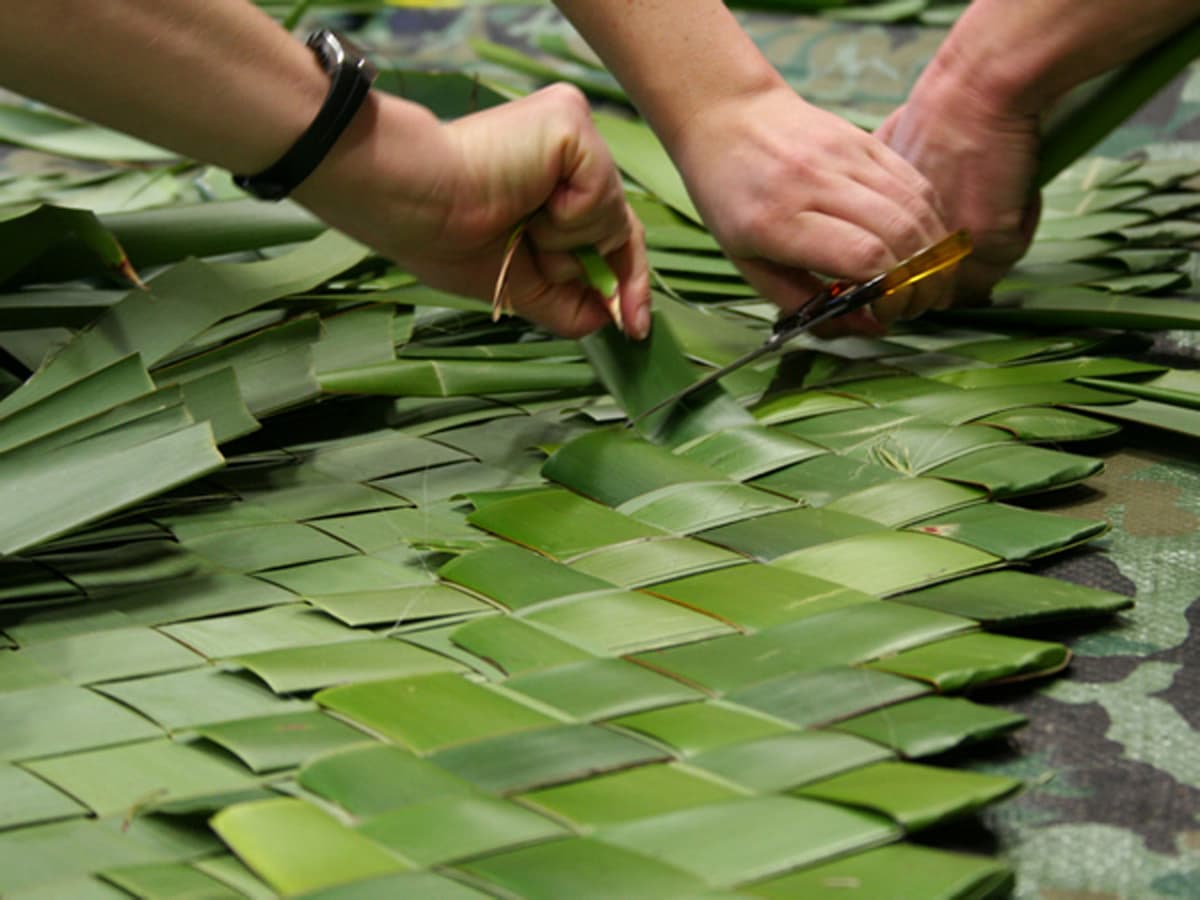
We have examined mātauranga Māori associated with the marine environment by analysing key texts, historical archives, literature, reports and legislation.
| Project Leader | Duration | Budget |
|---|---|---|
| Anne-Marie Jackson (University of Otago) | June 2016 – May 2017 | $120,000 |
Mātauranga Māori is a complex system of experiential knowledge that comprises intergenerational beliefs, values and practices that contribute to the sustainable management of the marine environment. The ethic and practice of kaitiakitanga (spiritual and physical guardianship) is one expression of mātauranga that Māori continue to observe and draw upon.
Understanding, developing and retaining mātauranga and kaitiakitanga specific to the marine environment is vital for ecosystem-based management (EBM) in New Zealand. It is crucial for developing spiritual, cultural, social, environmental and economic practices, indicators and metrics that are relevant. Prior to this study, there was no single repository or index of marine mātauranga and kaitiakitanga.
For this project, we used Kaupapa Māori and critical discourse analysis to examine mātauranga associated with the marine environment by researching archives and reviewing key texts. Our project was Māori-led, with a Māori research team and advisory group. The overarching kaupapa (core main finding) of our research is the hononga tāngaengae (unbroken connection) between Māori and the marine environment from time immemorial to today.
Our research has identified themes that are important to consider when making decisions about the marine environment. We have referenced mātauranga sources, and signposted where to find the information needed to make informed decisions about use of New Zealand’s marine resources. Our research report will be of practical use to anyone with an interest in marine resource management, including iwi and hapū, community groups, environmental NGOs, central and regional government, policy makers, industry and researchers.
This project has produced or contributed to:







